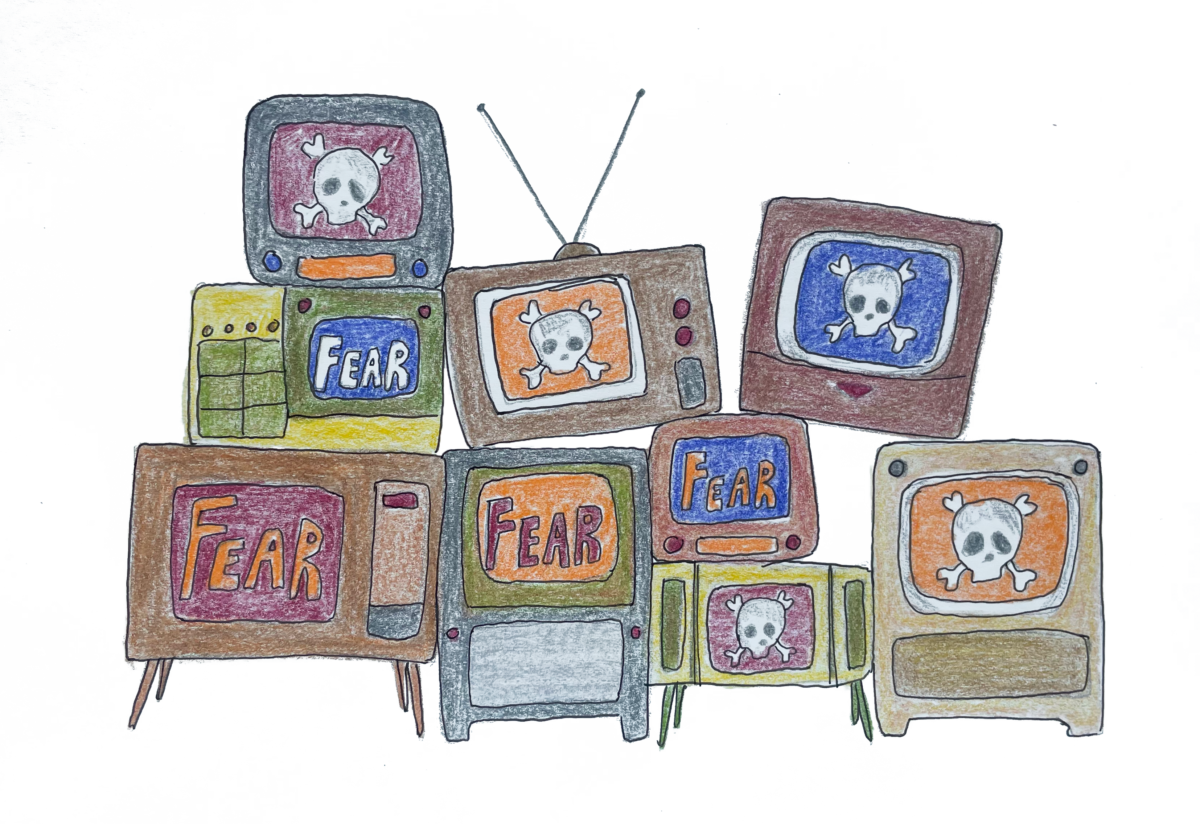Don’t believe everything you see on social media, especially when it comes to athletes.
Social media has evolved into an array of platforms where people cannot know for sure if they are seeing the truth. Many users spin a big situation differently to make it fit their own narratives, and, like most societal problems, it finds its way into the sports world.
Athletes are always under the spotlight with so many people paying close attention to their lives. When something big happens to an athlete, hordes of people take to the keyboards to give their two cents. The biggest consequence is that a lot of unverified information and claims appear on an easily accessible public forum, and they can be misinterpreted by other users.
The most recent case of spreading misinformation is the discussion surrounding the COVID-19 vaccine and its possible effects on different athletes. A very glaring instance of this occurred in January 2023, when Buffalo Bills safety Damar Hamlin suddenly collapsed on the field during an NFL game.
Before doctors confirmed that a rare cardiac condition called commotio cordis had affected Hamlin, the public was delving into conspiracy. As National Public Radio’s Lisa Hagen reported after the incident, while fans were scrambling to learn the cause, “…on the internet, anti-vaccine activists filled in the silence with unfounded theories that Hamlin’s collapse was brought on by COVID vaccines.”
The social media discussion became so loud and turbulent that the player’s health seemed to take a back seat, which is rather ironic. In fact, someone even went as far as altering the headline of a CNN article in a screenshot to make people believe that a doctor determined the cause to be a COVID-19 booster shot. Everybody and their mother had something to say about the incident.
Ten days after the false rumour circulation, USA Today felt the need to publish an article clarifying that there was no evidence that Hamlin’s condition was caused by the vaccine. “Doctors said a connection is highly unlikely given the list of cardiac issues that have long been observed as causing such incidents of cardiac arrest in athletes,” the article reads.
Hamlin was resuscitated on the field, and has now returned to playing football after recovering fully. But this incident remains a reminder of how important it is that people independently verify the information they read, especially on a public forum where anyone can say anything that’s on their mind.
More recently, Bronny James (son of NBA star LeBron James) went into cardiac arrest during a workout at the University of Southern California. When Elon Musk took to Twitter (now called X) and implied that the COVID-19 vaccine must have been partially or completely at fault for the incident, many impressionable people have believed it. Once again, it is more likely that James’ cardiac arrest was exercise-induced, since it is not an uncommon problem in teenage and young adult men.
So, the next time you read an outlandish claim, make sure you double-check its sources.
